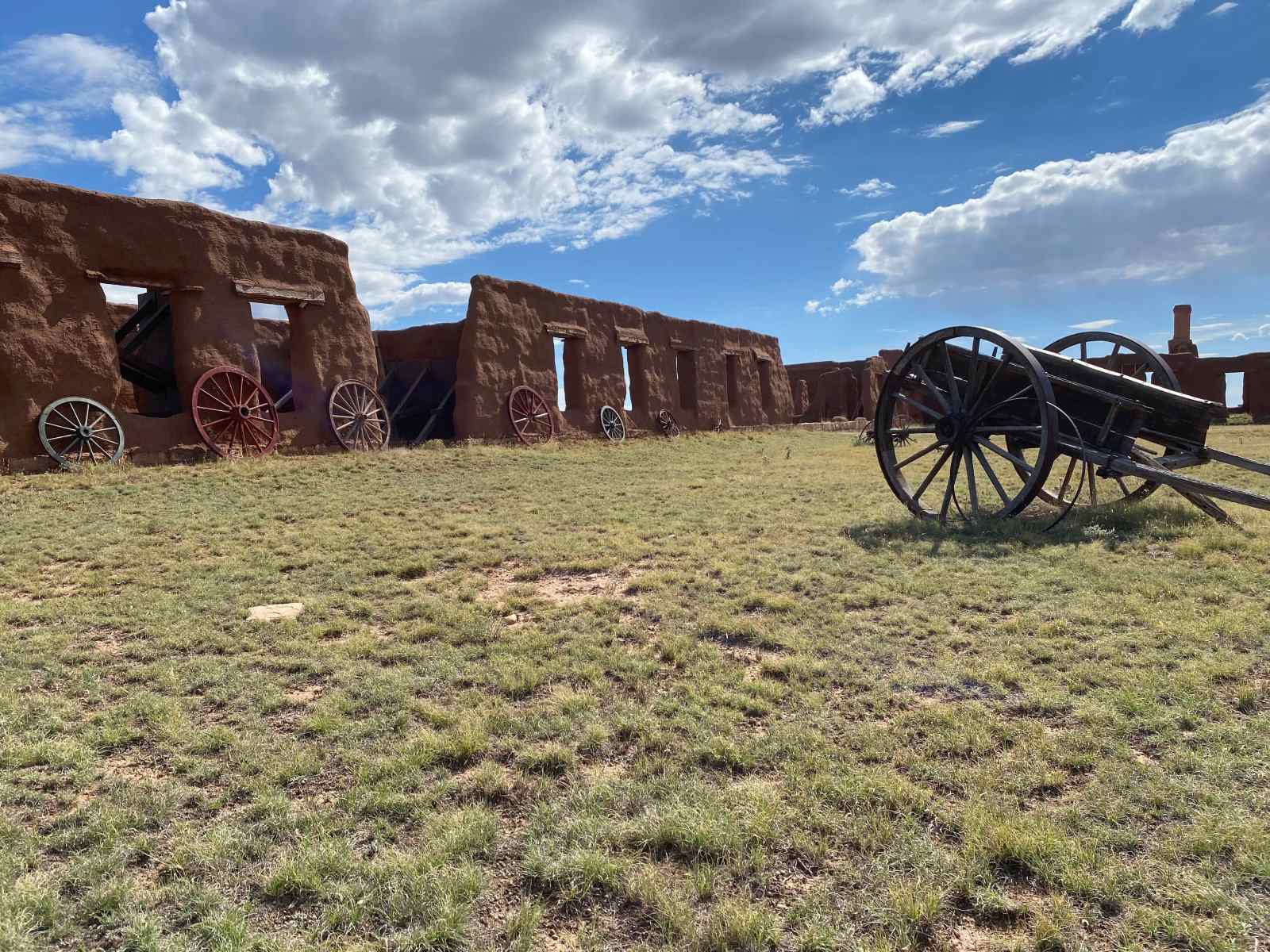Lost Trading Posts Of Wyoming’s Frontier

Wyoming's frontier history is full of stories about lost trading posts. These places were once bustling hubs where traders, trappers, and Native Americans exchanged goods and stories. Today, many of these sites have faded into obscurity, leaving behind only whispers of their past. Exploring these forgotten locations offers a glimpse into a time when the Wild West was truly wild. Imagine the sound of horses, the smell of campfires, and the sight of wagons rolling in with goods from distant lands. Each trading post had its own unique character, shaped by the people who passed through its doors. Whether you're a history buff or just curious about the past, learning about Wyoming's lost trading posts can transport you back to an era of adventure and discovery. These places remind us of the rich tapestry of cultures and stories that once thrived on the frontier.
Discovering Wyoming's Forgotten Trading Posts
Wyoming's frontier history is rich with tales of exploration, trade, and adventure. Hidden among its vast landscapes are remnants of trading posts that once buzzed with activity. These places served as hubs for trappers, traders, and Native Americans. Let's take a look at some of these lost trading posts.
The Role of Trading Posts in Wyoming's History
Trading posts were essential to the development of Wyoming. They acted as centers for commerce and cultural exchange. These posts provided goods and supplies to travelers and locals alike. Here are some of the most intriguing forgotten trading posts in Wyoming.
- Fort Laramie
Fort Laramie was a significant trading post in the 19th century. It started as a private fur trading fort and later became a military outpost. Located at the confluence of the Laramie and North Platte Rivers, it was a key stop for pioneers heading west.
- Fort Bridger
Established by Jim Bridger and Louis Vasquez, Fort Bridger was a vital supply point for emigrants on the Oregon Trail. It later became a military post and played a crucial role in the settlement of the region.
- Fort Bonneville
Known as "Fort Nonsense," Fort Bonneville was built by Captain Benjamin Bonneville. Although it was short-lived, it served as a base for fur trading and exploration in the early 1830s.
The People Behind the Trading Posts
The individuals who established and operated these trading posts were as colorful as the posts themselves. They were pioneers, adventurers, and entrepreneurs. Let's meet some of these fascinating characters.
- Jim Bridger
Jim Bridger was a legendary mountain man and explorer. He co-founded Fort Bridger and was known for his knowledge of the western territories. His contributions to the exploration of the American West are still celebrated today.
- William Sublette
William Sublette was a prominent fur trader and explorer. He played a key role in the establishment of Fort Laramie. Sublette's trading ventures helped open up the West to further exploration and settlement.
The Decline of Trading Posts
As the frontier era came to an end, many trading posts fell into disuse. The expansion of railroads and new trade routes led to their decline. However, their legacy lives on in Wyoming's history.
- Fort Caspar
Fort Caspar was a military post that also served as a trading center. It was named after Lieutenant Caspar Collins, who died in a battle with Native Americans. The fort was abandoned in 1867, but its story remains a part of Wyoming's past.
- Fort Reno
Fort Reno was established to protect travelers on the Bozeman Trail. It was a small post that saw little action and was eventually abandoned. Today, only a few remnants of the fort remain.
Preserving Wyoming's Trading Post Heritage
Efforts are underway to preserve and interpret these historical sites. They offer a glimpse into the past and the lives of those who lived and traded there. Here are a couple of sites that are being preserved.
- Fort Phil Kearny
Fort Phil Kearny was a military post built to protect travelers on the Bozeman Trail. It was the site of several battles with Native Americans. Today, it is a state historic site with a visitor center and interpretive trails.
- Fort Fetterman
Fort Fetterman was established to protect settlers and travelers in the Powder River Basin. It served as a base for military operations against Native American tribes. The fort is now a historic site with a museum and walking tours.
Rediscovering Wyoming's Frontier Past
Wyoming's lost trading posts offer a fascinating glimpse into the state's rich history. These sites were once bustling hubs where traders, trappers, and Native Americans exchanged goods and stories. Visiting these locations today, you can almost hear the echoes of the past. Fort Laramie, Fort Bridger, and Fort Caspar stand as reminders of a time when the frontier was a place of adventure and opportunity. Exploring these sites, you gain a deeper understanding of the challenges and triumphs faced by those who lived there. They also highlight the cultural exchanges that shaped the region. Whether you're a history buff or just curious, these trading posts provide a unique window into Wyoming's past. So next time you're in the area, take a moment to step back in time and appreciate the stories these places have to tell.

